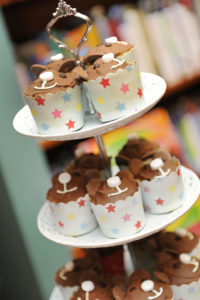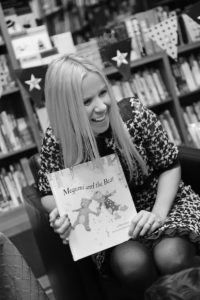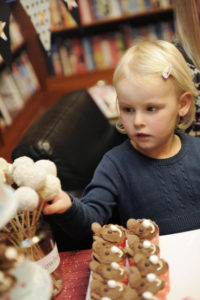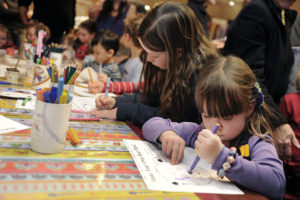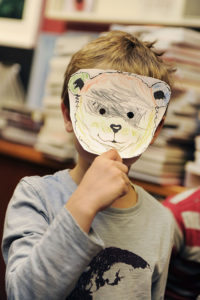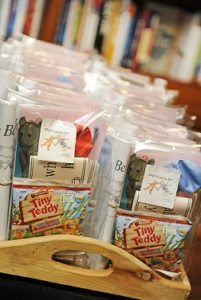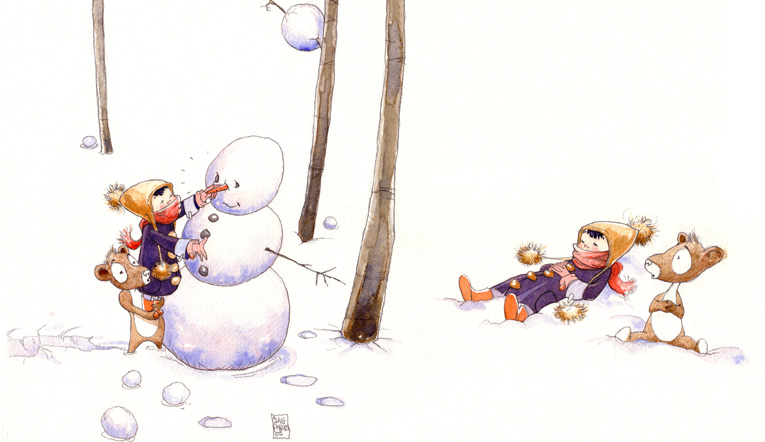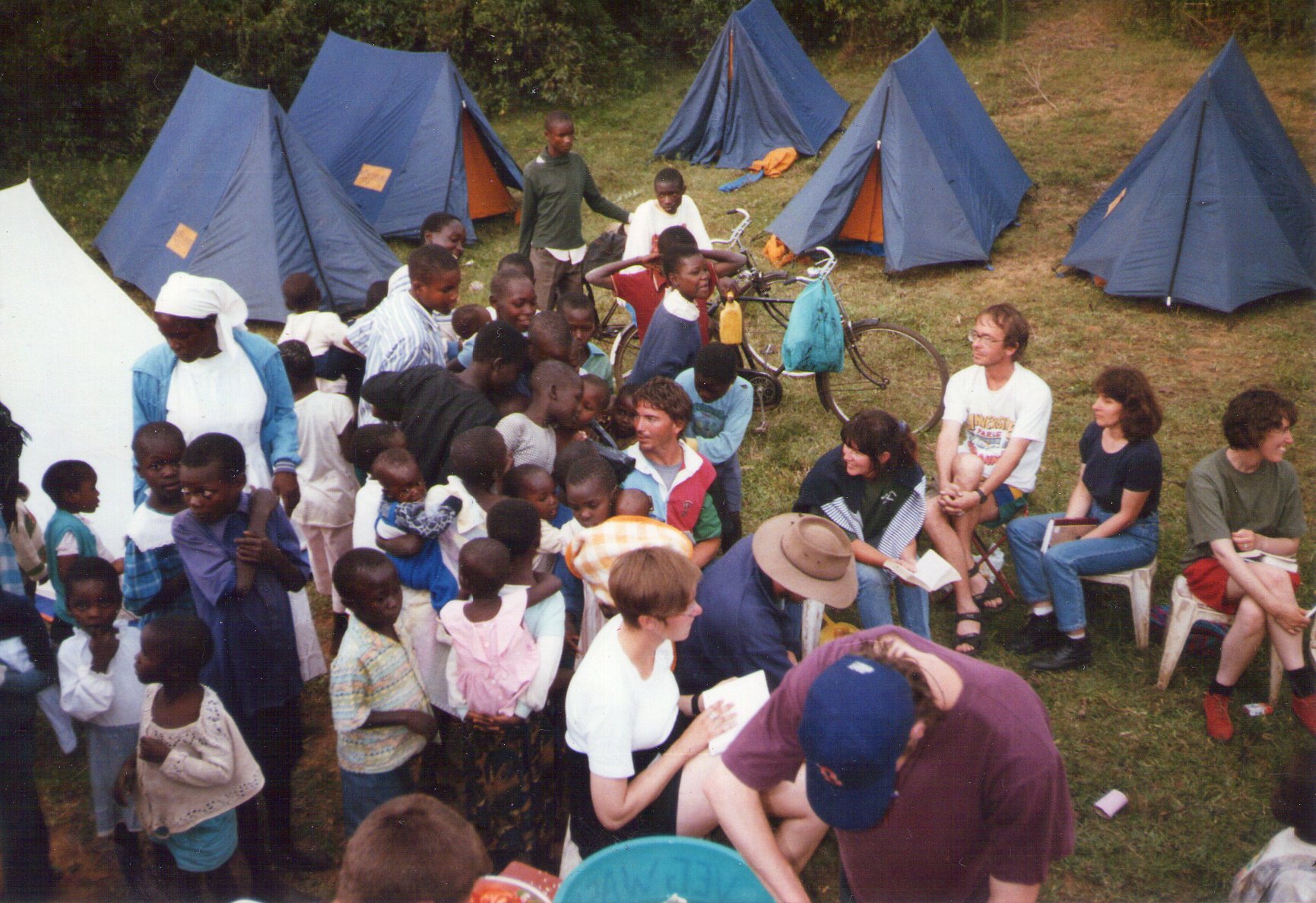Megumi and the Bear’s big day
Organising a kids’ book launch is THE best fun. It’s one step up from a kids’ birthday party and it’s no secret among my friends that I enjoy planning my children’s parties as much as they do. So organising Megumi and the Bear’s big day has been a blast.
Naturally I was hoping for a good turnout but I never dared hope for the kind of crowd that crammed into Paperchain last Saturday. With 65 kids plus their accompanying big people there wasn’t much room to move. It was wild! So often book launches end up being attended mostly by friends and colleagues, so it was wonderful to look around the room and see it filled with unfamiliar faces.
But I’m getting ahead of myself. The day before the launch I baked up a Megumi and the Bear-themed storm. My personal favourite? Snowballs, aka cake pops dipped in white chocolate glaze and rolled in coconut. Just because I liked the idea of them, and they tasted pretty good too. Not that I got a look in on the day. The kids swept in and left not a crumb (well maybe a few on the floor). But that’s just as it should be.
Read More »Megumi and the Bear’s big day
We kicked off with a book reading — the first time I’ve read Megumi and the Bear to an audience, so that was pretty special. And there’s nothing quite as lovely as a carpet full of wide-eyed kids.
While I signed books (including one for a Megumi who lives in Japan — how brilliant is that?), the kids ate bear cupcakes and biscuits, jelly cups, and those snowballs (thankfully they were only thrown into mouths).
Then the kids hit the craft table, making a bear mask each, and the goodie bags disappeared in a wild flurry. We drew the lucky door prize, and thanks to generosity of Meg at The Teddy Bear Shop we handed out impossibly soft teddy bears with the first 50 book purchases to some very happy kids.
After an hour of loud and raucous fun, everyone left clutching their goodie bags, books and bears, high on sugar and words. And the best bit? All of it. Because picture books are where it all begins, and playing even the teensiest part in fostering a lifelong love of reading is as good as it gets.
Next stop Sydney! If you’re in the area on 20 July at 2 pm come and join us for Megumi mark two. The illustrator Craig Phillips is flying in from New Zealand to be there, and bringing with him some original Megumi art. There’ll be more giveaways and food and craft. In short, it’ll be a beary good time. (Forgive me, I just couldn’t help myself.)
Finally a very BIG thank you to all the organisations that donated items for the goodie bags: Walker Books, National Library of Australia, Sugar Station and The Teddy Bear Shop. And to photographer Ash Peak who took all these gorgeous snaps.
For more photos from the launch head to my Facebook page. And if you still haven’t got your Megumi fill, Kids Book Review’s photo spread of the launch is here.


